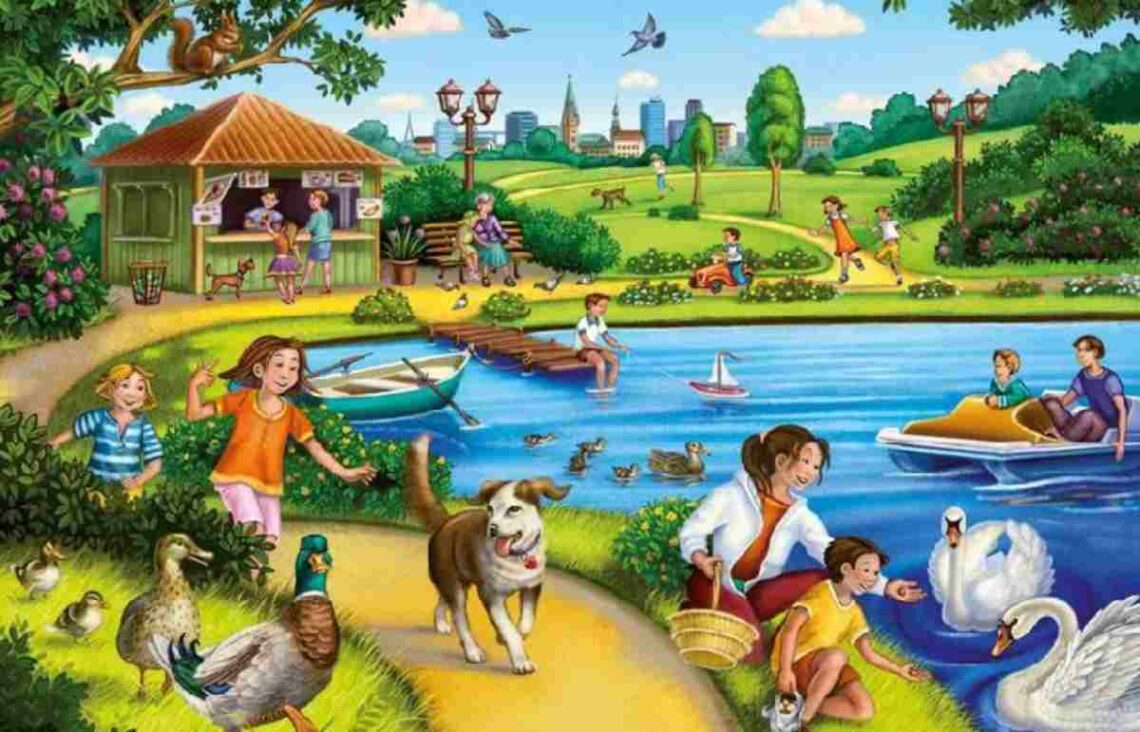Picture Composition for Class 1




Picture Composition for Class 1
When I teach picture composition to my Class 1 students, I notice how their eyes light up when they see interesting pictures. The key is to start with simple, familiar scenes that children can relate to. For example, showing them a picture of a playground or a birthday party instantly triggers their imagination.
I’ve found that encouraging students to first speak about what they see helps them organize their thoughts better. Sometimes, they notice tiny details that we adults might miss – like a butterfly in the corner or a cat hiding behind a tree. These observations make their compositions unique and personal.
The most important thing I’ve learned is that every child has their own way of interpreting pictures. While some might focus on the main characters, others might be more interested in the background elements. This diversity in thinking should be celebrated and encouraged.
| Key Elements | Teaching Tips | Expected Outcomes |
| Main Objects | Ask “What do you see first?” | Identifies central elements |
| Colors | “What colors can you spot?” | Describes visual details |
| Actions | “What is happening here?” | Understands activity |
| Characters | “Who is in the picture?” | Recognizes participants |
Picture Composition for Class 1 Worksheets
Creating effective worksheets for my students has been quite a journey. I’ve learned that the best worksheets are those that combine both structure and creativity. Starting with simple pictures that show clear actions, like a child flying a kite or feeding birds, works wonderfully.
One approach that has worked really well in my classroom is using sequential pictures. I give my students three connected pictures that tell a simple story. This helps them understand how events flow from one to another, making their writing more organized and logical.
The feedback from parents has been amazing when we use worksheets that include space for both drawing and writing. Sometimes, I let students draw additional elements to the given picture before writing about it. This personal touch makes them more invested in the story they’re about to tell.
| Worksheet Type | Purpose | Learning Goals |
| Single Picture | Basic description practice | Vocabulary building |
| Sequential Pictures | Story development | Understanding sequence |
| Fill-in-blanks | Guided writing | Sentence structure |
| Draw and Write | Creative expression | Personal engagement |
Picture Composition for Class 1 with Answers
Through my years of teaching, providing sample answers has helped both parents and students understand expectations better. However, I always emphasize that these are just guides, not the only correct answers.
When I create answer keys, I make sure to include different ways of describing the same picture. For instance, if there’s a picture of children playing in a garden, one answer might focus on the games they’re playing, while another might describe the garden setting first.
What I’ve noticed is that having sample answers helps build confidence in young writers. They begin to understand that their observations are valid and that there are many ways to tell the same story. This understanding leads to more confident and creative writers.
| Answer Components | Sample Format | Skills Developed |
| Opening Sentence | “I can see…” | Starting descriptions |
| Main Details | “They are…” | Observation skills |
| Closing Thoughts | “I think…” | Drawing conclusions |
| Vocabulary Use | Simple words | Language enrichment |

